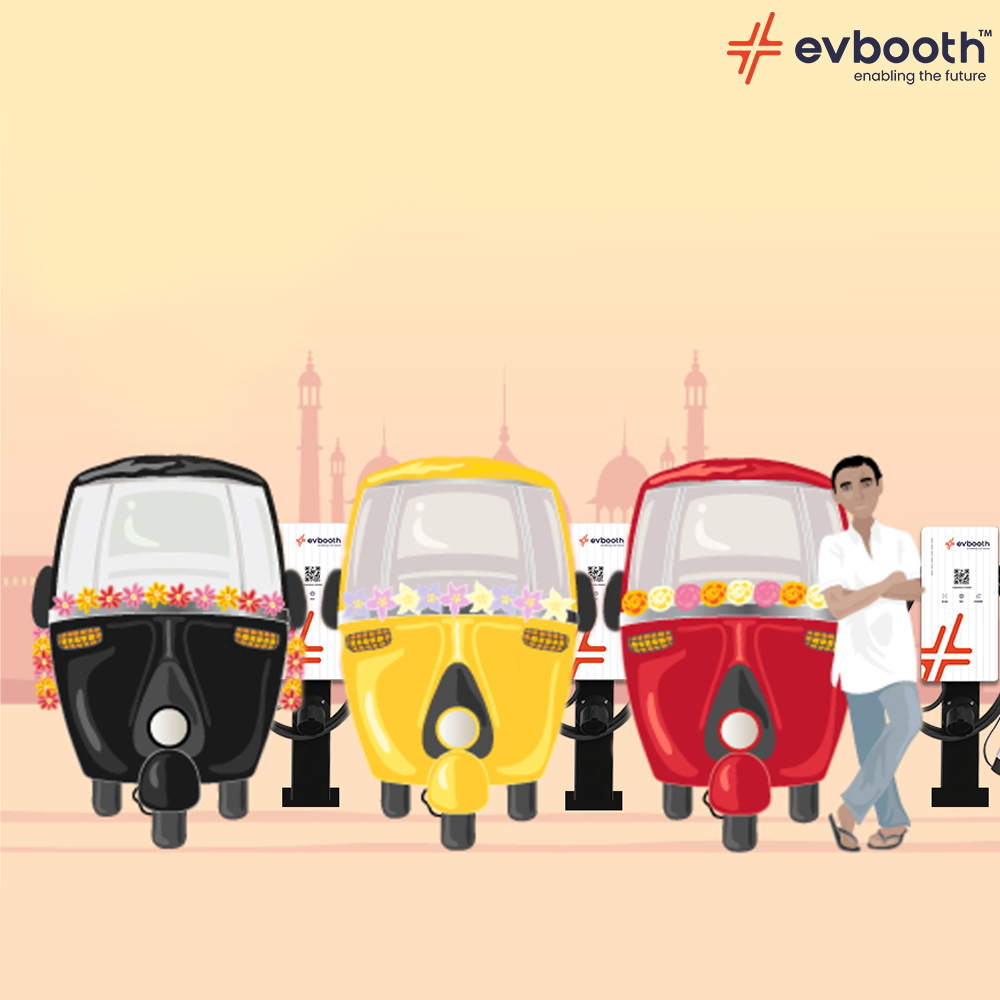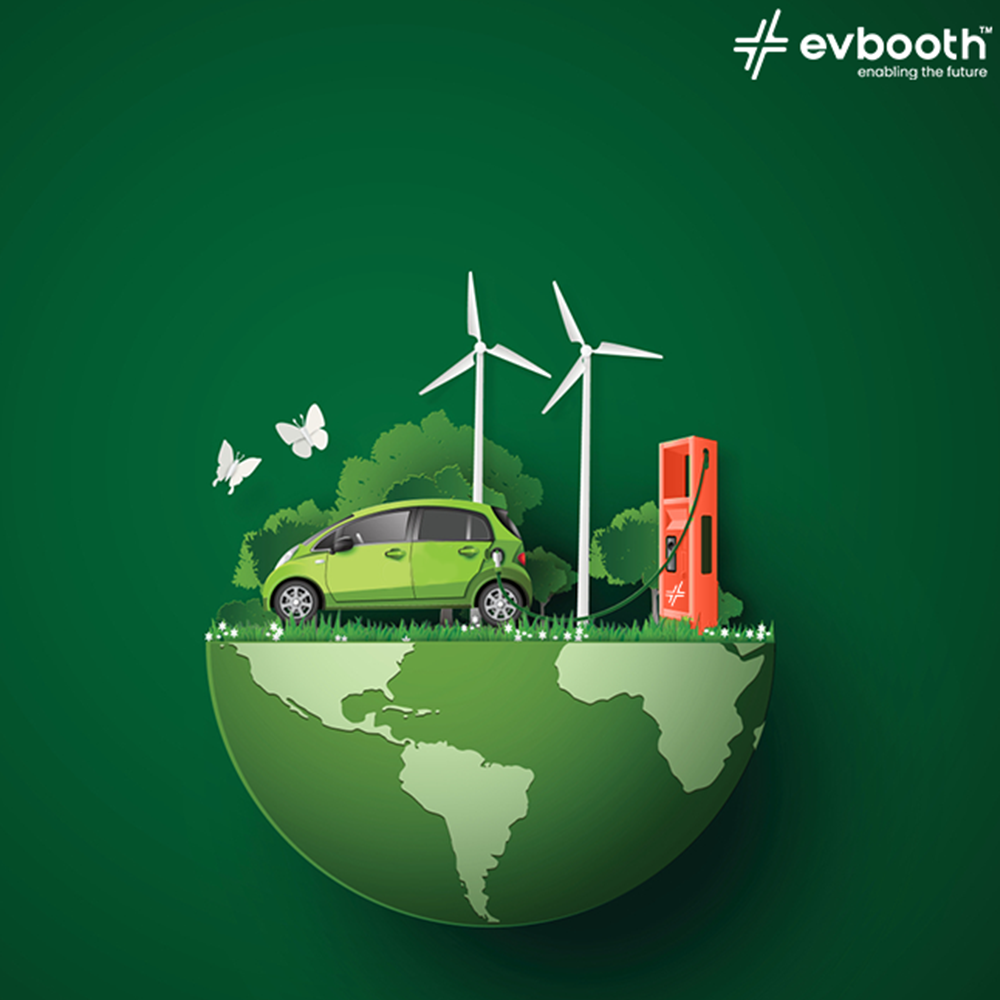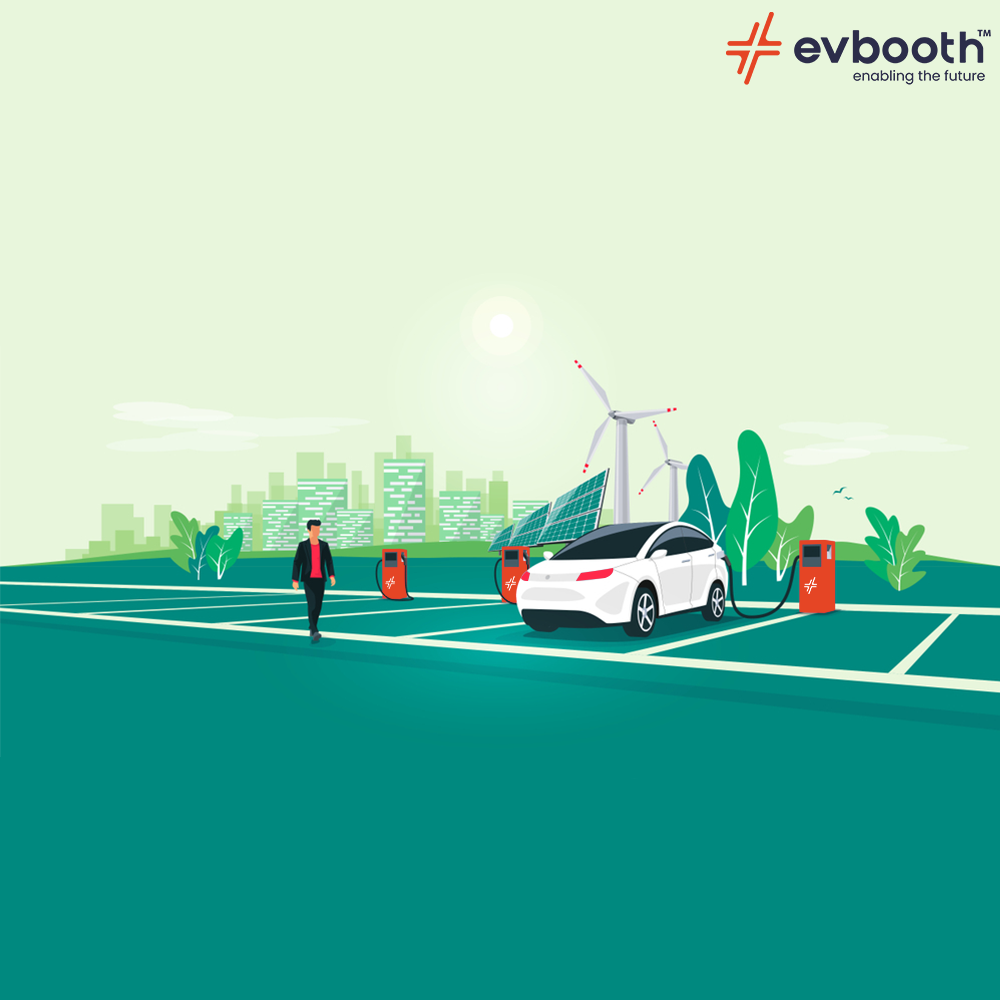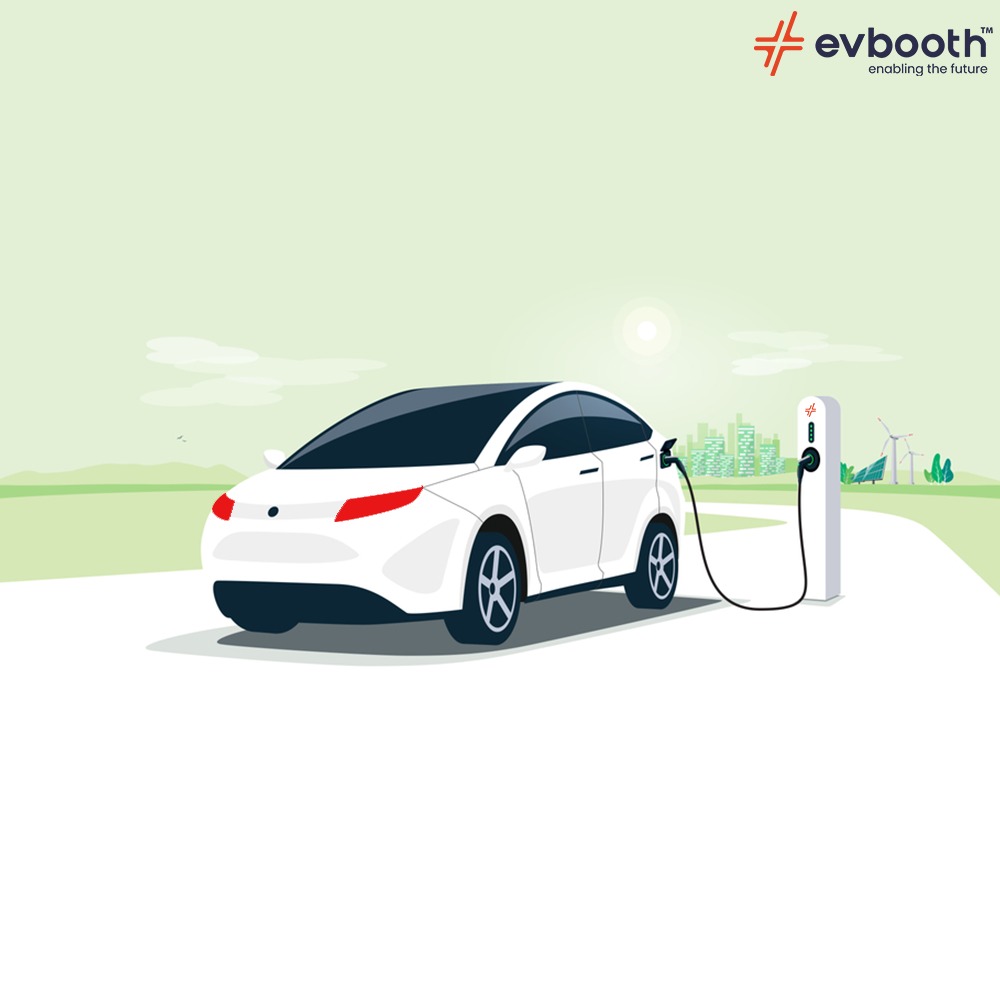Empowering India’s Transition: Driving 3-Wheeled EV Adoption and Infrastructure Growth
India’s bustling cities are undergoing a significant change in transportation, prioritizing sustainability. At the heart of this shift are electric 3-wheeled commercial vehicles, commonly known as e-rickshaws. This comprehensive exploration aims to uncover India’s electric commercial transport landscape, highlighting its current state, challenges hindering adoption, and the pivotal role of key players in steering the transition.
India’s Electric 3-Wheeled Landscape
3-Wheeled Vehicles: Key to Indian Transportation 3-wheeled commercial vehicles, especially auto-rickshaws, play a crucial role in India’s transportation network, providing essential last-mile connectivity. Traditional auto-rickshaws, powered by internal combustion engines (ICE), contribute significantly to urban air pollution. Electric rickshaws (e-rickshaws) offer a transformative solution, producing zero emissions and operating quietly, aligning with India’s ambitious 2030 EV targets.
Charging Ahead: Building EV Infrastructure India aims to establish 2,600 EV charging stations by 2025 to support the growing fleet of electric 3-wheelers. A robust charging infrastructure is essential to accommodate the surge in EVs nationwide.
Navigating EV Infrastructure Challenges
Power Grid Capacities: Handling Increasing Demand India’s power grid faces potential strain with the projected increase in EVs by 2030, leading to possible outages. Uneven electricity access and fluctuating supply across the country exacerbate this challenge. Infrastructure Constraints: Addressing Challenges India’s public charging infrastructure falls short of global standards, with a ratio of 135:1 EVs to public chargers. Lack of standardization in connectors adds complexity, requiring multiple chargers for different vehicles. Battery swapping stations, favored for 3-wheelers, pose investment and operational challenges. Technological Crossroads: Balancing Progress Technological advancements in EVs bring safety, convenience, and accessibility but also pose challenges for India. Innovations like solar charging and lithium-ion batteries face cost implications and limited lithium reserves, hindering local production. Consumer Awareness: Closing the Knowledge Gap Limited awareness of government incentives and concerns about charging infrastructure and driving range hinder EV adoption.
Strategies for an Electrified Tomorrow
Smart Grid Integration: Enhancing Efficiency A smart grid, integrating information technology, can enhance security, efficiency, and responsiveness. Implementation requires government support and policy encouragement. Private Sector Investments: Driving Infrastructure Growth Private sector investments, supported by tax incentives and public-private partnerships, are crucial for strengthening EV infrastructure. These investments facilitate the expansion of charging networks and the development of innovative solutions to address infrastructure gaps, accelerating the adoption of electric vehicles (EVs) and creating a more robust charging infrastructure network. R&D Acceleration: Promoting Innovation Investments in research and development (R&D) drive innovation in EV technology, leading to advancements in battery technology, charging infrastructure, and vehicle design. By funding R&D initiatives, India can foster safer, more convenient, and accessible electric vehicles, enhancing the performance and affordability of EVs and contributing to the growth of the automotive industry. Comprehensive Awareness Campaigns: Bridging Knowledge Gaps Extensive awareness campaigns involving stakeholders and leveraging social media are essential for increasing public awareness of EV benefits. These campaigns educate the public about the environmental, economic, and social advantages of EVs, encouraging greater adoption and accelerating the transition to sustainable transportation.
Government Incentives & Collaborative Frameworks
Aligning Policies: Learning from Global Practices India can develop tailored policies by studying successful practices from other countries to promote EV adoption, incentivize investment in charging infrastructure, and support the growth of the electric vehicle industry. Public-Private Partnerships: Driving Development Public-private partnerships (PPPs) drive the development of EV infrastructure by leveraging private sector expertise, resources, and technology. Collaborating with the private sector accelerates the deployment of charging stations, expands access to EVs, and promotes the adoption of clean transportation solutions, facilitating sustainable development outcomes.
The Promise of a Sustainable Tomorrow
Environmental Benefits: Reducing Pollution E-rickshaws reduce air pollution and improve public health by replacing traditional auto-rickshaws with electric models, mitigating harmful emissions and creating healthier cities. Energy Efficiency & Renewable Energy: Promoting Conservation EVs promote national energy conservation and the growth of renewable energy sources by reducing reliance on fossil fuels, decreasing greenhouse gas emissions, and driving demand for renewable energy technologies. Economic Impacts: Creating Jobs The e-rickshaw market creates job opportunities across the automotive value chain, stimulating economic growth and improving livelihoods, contributing to poverty alleviation and inclusive economic development. International Commitments: Meeting Climate Pledges Transitioning to e-rickshaws aligns with India’s international commitments to address climate change, reducing greenhouse gas emissions and contributing to global efforts to combat climate change. Future Outlook: Overcoming Challenges India’s transition to electric 3-wheelers faces challenges, but with commitment and collaboration, obstacles can be overcome. By adopting a holistic approach that combines policy support, investment, innovation, and awareness, India can lead the transition to electric vehicles, paving the way for a cleaner, more sustainable transportation system.




